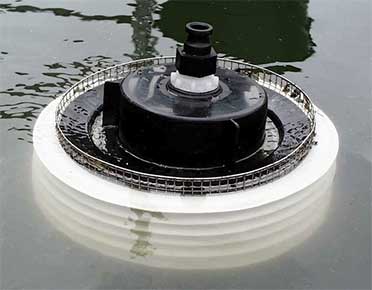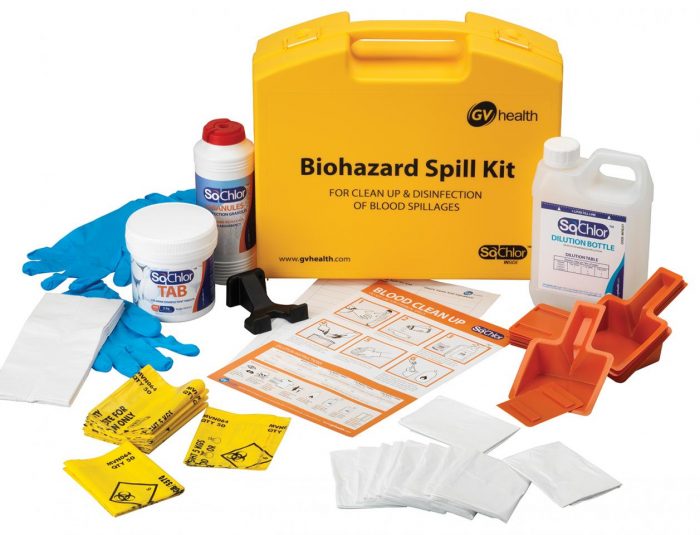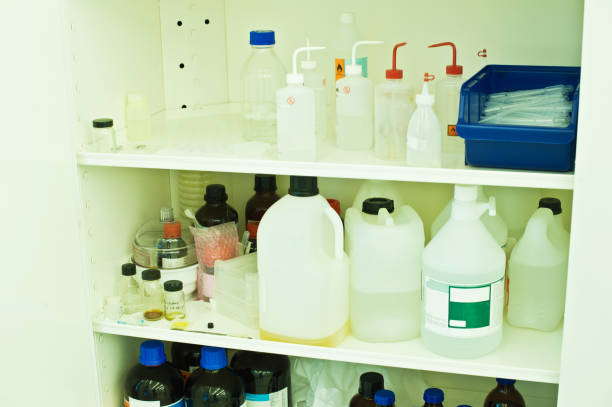Oil Skimmer: Getting the Best Design
Oil skimmers are easy, reputable, and practical tools for eliminating oil and hydrocarbons from water. They typically spend for themselves in a couple of months. To make sure the oil skimmer you select is suitable for your procedure, there are specific actions you could follow.
First, comprehend that while layouts differ, all oil skimmers depend on the liquid residential or commercial properties of exact surface tension and gravity. Most utilize a moving tool to eliminate floating oil from the surface area. Drifting oil cling to skimming media faster than water. This enables media in the form of a belt, drum, disk, etc., to pass through the fluid surface and get floating oil while turning down most of the water. The oily product is ultimately eliminated from the media with pinch rollers or wiper blades.

Next, recognize that the sort of pollutant being eliminated influences the skimmer you ought to choose. Oil skimming includes higher thickness hydrocarbons. Such skimmers must operate at high temperatures to keep the oil liquid. This might call for heating rudiments in the fluid tank and skimmer unit to keep the oil in a fluid state for easy pick-up and release. If drifting oil kinds right into strong clumps or mats in the reservoir, an aerator, a spray bar, or other mechanical gear can separate the oil and help with skimming.
Ultimately, be conscious of the power of an oil skimmer. Frequently a skimmer by itself could achieve the wanted degree of water cleanliness. In requiring circumstances, skimming is a budget-friendly way of eliminating the majority of the oil before using extra complicated and expensive therapies, such as membrane filters, coalescers, and chemical procedures.
Determine the Right Design for your Oil Skimmer
Belt-type skimmers utilize an endless belt of elastomer, stainless-steel, or polymer medium that is decreased right into the container or vessel that should be skimmed. This belt goes through the fluid and the skimmer’s resilient wiper blades, where the oil is detached from the tool sides. Elimination price is not influenced by belt size.
Mop skimmers utilize a limitless medium shape, such as a rope with mop-like tendrils picking up the oil. When the medium leaves the fluid and goes into the drive system, it is pushed and wrung out with a pinch roller. This medium may mat down and will lose its efficiency for higher-thickness oils.
Big tube skimmers utilize a moving plastic pipe that goes out on the surface area of the liquid as well as is withdrawn via the drive device where oil is eradicated. This layout needs a relatively massive amount of liquid space for correct operation.
Mini tube skimmers are similar to larger tube systems. However, they commonly have 3/16-inch or 5/16-inch size tubes. The bigger size is more suitable as it has sufficient rigidity to not drag on the real estate and too soon rub out oil when drawn right into the system.
Disk skimmers revolve a disk-shaped medium over the liquid. The oil is rubbed out and discharged right into a vessel in a way comparable to belt skimmers. When requiring disk size, it is essential to consider the reach, the part of the disk that gets immersed.
Drum and barrel styles resemble the disk but utilize a turning drum-shaped medium. These are more challenging and have much higher elimination capability than disk kinds.
Oil Skimmer: Getting the Best Design Read More »
Oil skimmers are easy, reputable, and practical tools for eliminating oil and hydrocarbons from water. They typically spend for themselves in a couple of months. To make sure the oil skimmer you select is suitable for your procedure, there are specific actions you could follow.
First, comprehend that while layouts differ, all oil skimmers depend on the liquid residential or commercial properties of exact surface tension and gravity. Most utilize a moving tool to eliminate floating oil from the surface area. Drifting oil cling to skimming media faster than water. This enables media in the form of a belt, drum, disk, etc., to pass through the fluid surface and get floating oil while turning down most of the water. The oily product is ultimately eliminated from the media with pinch rollers or wiper blades.

Next, recognize that the sort of pollutant being eliminated influences the skimmer you ought to choose. Oil skimming includes higher thickness hydrocarbons. Such skimmers must operate at high temperatures to keep the oil liquid. This might call for heating rudiments in the fluid tank and skimmer unit to keep the oil in a fluid state for easy pick-up and release. If drifting oil kinds right into strong clumps or mats in the reservoir, an aerator, a spray bar, or other mechanical gear can separate the oil and help with skimming.
Ultimately, be conscious of the power of an oil skimmer. Frequently a skimmer by itself could achieve the wanted degree of water cleanliness. In requiring circumstances, skimming is a budget-friendly way of eliminating the majority of the oil before using extra complicated and expensive therapies, such as membrane filters, coalescers, and chemical procedures.
Determine the Right Design for your Oil Skimmer
Belt-type skimmers utilize an endless belt of elastomer, stainless-steel, or polymer medium that is decreased right into the container or vessel that should be skimmed. This belt goes through the fluid and the skimmer’s resilient wiper blades, where the oil is detached from the tool sides. Elimination price is not influenced by belt size.
Mop skimmers utilize a limitless medium shape, such as a rope with mop-like tendrils picking up the oil. When the medium leaves the fluid and goes into the drive system, it is pushed and wrung out with a pinch roller. This medium may mat down and will lose its efficiency for higher-thickness oils.
Big tube skimmers utilize a moving plastic pipe that goes out on the surface area of the liquid as well as is withdrawn via the drive device where oil is eradicated. This layout needs a relatively massive amount of liquid space for correct operation.
Mini tube skimmers are similar to larger tube systems. However, they commonly have 3/16-inch or 5/16-inch size tubes. The bigger size is more suitable as it has sufficient rigidity to not drag on the real estate and too soon rub out oil when drawn right into the system.
Disk skimmers revolve a disk-shaped medium over the liquid. The oil is rubbed out and discharged right into a vessel in a way comparable to belt skimmers. When requiring disk size, it is essential to consider the reach, the part of the disk that gets immersed.
Drum and barrel styles resemble the disk but utilize a turning drum-shaped medium. These are more challenging and have much higher elimination capability than disk kinds.



